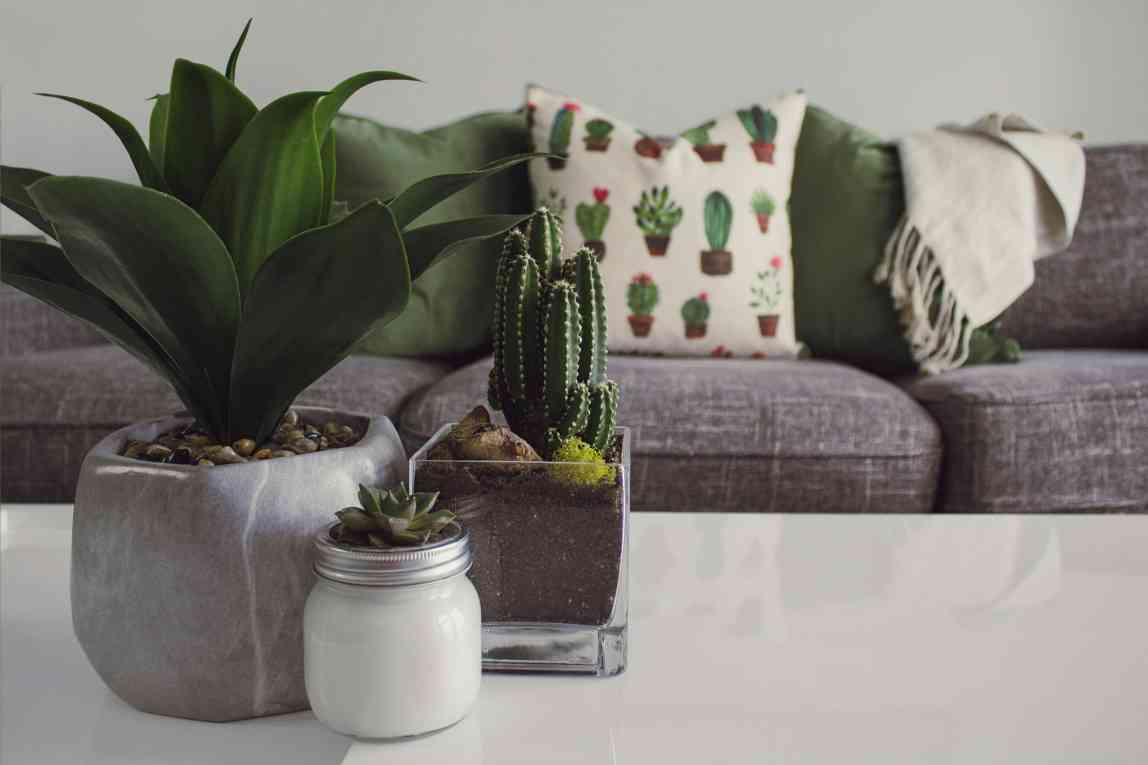Creating an architectural space that works well with nature not only looks good but also helps the environment. To make a space more eco-friendly, you can add things like natural stuff, eco materials, and green practices. It makes the place nice to look at and good for the planet.

Whether you’re an architect, designer, or just want to be more eco-friendly, here are some simple ways to make an architectural space green and beautiful.
Natural Light
One of the simplest yet most effective ways to green your architectural space is to maximize natural light. Large windows, skylights, and strategically placed mirrors can all help in this regard. Natural light not only reduces the need for artificial lighting but also creates a warm and inviting atmosphere.
Also Read: How To Test Internet Speed At Home?
Choose Sustainable Materials
Opt for materials that are not only aesthetically pleasing but also environmentally friendly. Recycled wood, reclaimed brick, and bamboo are excellent choices. Sustainable materials often have unique textures and colors that can add character to your space.
Green Walls and Vertical Gardens
Incorporating living walls or vertical gardens can be a stunning way to introduce nature into your space. These installations not only improve indoor air quality but also create a sense of tranquility and freshness.
Energy-Efficient Lighting
When artificial lighting is necessary, opt for energy-efficient LED or CFL bulbs. These options consume less electricity, last longer, and emit less heat. Consider installing motion sensors or timers to ensure lights are only on when needed.
Proper Insulation
Proper insulation is essential for energy efficiency. It helps maintain a comfortable temperature inside the space and reduces the need for excessive heating or cooling. Choose eco-friendly insulation materials like recycled denim or cellulose.
Rainwater Harvesting
If feasible, consider installing a rainwater harvesting system to collect rainwater for non-potable uses such as irrigation. It’s a sustainable way to reduce water consumption and keep your greenery flourishing.
Low-VOC Paints and Finishes
Traditional paints and finishes can release harmful volatile organic compounds (VOCs) into the air. Opt for low-VOC or zero-VOC paints and finishes to ensure better indoor air quality and a healthier living or working environment.
Energy-Efficient Appliances
When selecting appliances for your architectural space, prioritize energy-efficient options. Look for appliances with ENERGY STAR certification, which signifies superior energy performance.
Green Roof
If you have access to a roof area, consider installing a green roof. Green roofs are covered with vegetation, which not only provides insulation but also absorbs rainwater, reduces heat buildup, and creates an attractive outdoor space. Imagine how nice it is to relax on such a landscaped roof. You can sit under the stars next to the plants right in the metropolis and relax while enjoying reactoonz free play in a cozy armchair. The idea of green roofs and walls is not new. But it remains the same excellent and attractive.
Recycled and Upcycled Decor
Furnish your space with recycled or upcycled furniture and decor items. You can find unique and charming pieces that not only add character but also reduce waste.
Efficient HVAC Systems
Invest in energy-efficient heating, ventilation, and air conditioning (HVAC) systems. Properly maintained HVAC systems can significantly reduce energy consumption and contribute to a comfortable indoor environment.
Daylight and Temperature Control
Implement smart shading systems that automatically adjust to the angle of the sun, allowing for optimal daylight while preventing excessive heat gain. These systems can enhance comfort and energy efficiency.
Reflective Roofing
If replacing or renovating a roof, consider using reflective roofing materials. These materials can reduce heat absorption, lower cooling costs, and contribute to a more comfortable indoor temperature.
Local and Native Plants
If you’re adding greenery to your space, choose local or native plants. These plants are better adapted to the local climate, require less maintenance, and support local ecosystems.
Solar Panels
If you have the budget and suitable sun exposure, installing solar panels can be an excellent long-term investment. Solar panels can generate clean, renewable energy for your space, reducing your reliance on grid electricity.
Water-Efficient Fixtures
Use water-efficient fixtures and appliances in your space, such as low-flow toilets, faucets, and showerheads. These fixtures can significantly reduce water consumption and lower utility bills.
Use of Natural Ventilation
Design your space to incorporate natural ventilation strategies. Cross-ventilation, operable windows, and vents can help circulate fresh air, reducing the need for mechanical cooling.
Recycling Stations
Make recycling easy by providing designated recycling stations throughout your space. Clearly labeled bins for paper, plastic, glass, and organic waste encourage responsible waste disposal.
Indoor Plants
The simplest method of landscaping a space is to buy home plants. If you are not a gardener, then choose the most unpretentious ones. House plants will perfectly green the space and improve the air quality.
Sustainable Transportation
Encourage sustainable transportation options for occupants, such as bike racks, electric vehicle charging stations, or proximity to public transportation.
Educational Signage
Consider adding educational signage within your space to inform occupants about the eco-friendly features and practices. This can raise awareness and promote responsible behavior.
Also Read: The Secret Life of Data Packets: A Journey Through Your Broadband’s Bits and Bytes
Maintenance Plan
Develop a maintenance plan to ensure that eco-friendly features and systems continue to function optimally. Regular maintenance extends the life of equipment and sustains energy efficiency.
By following these practical steps, you can green your architectural space while maintaining its beauty and functionality. Creating a sustainable and visually appealing environment is not only rewarding but also contributes to a healthier planet and a higher quality of life for its occupants.



